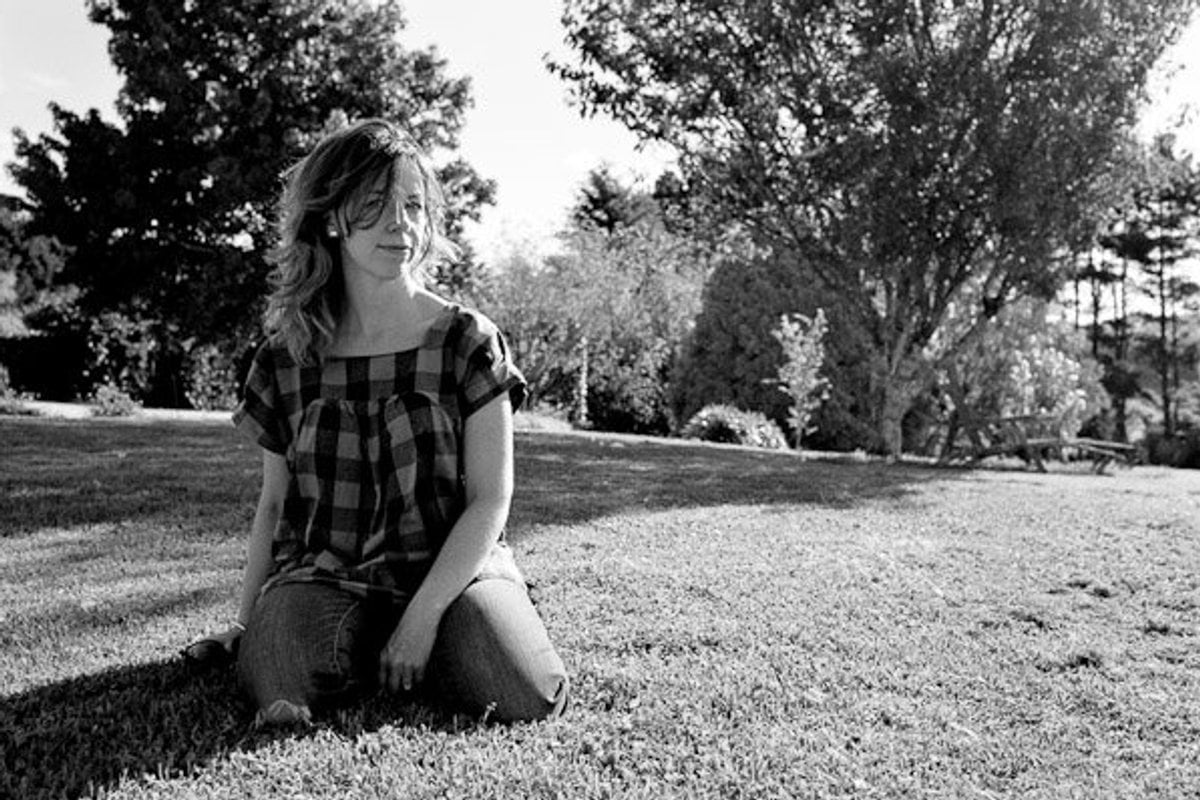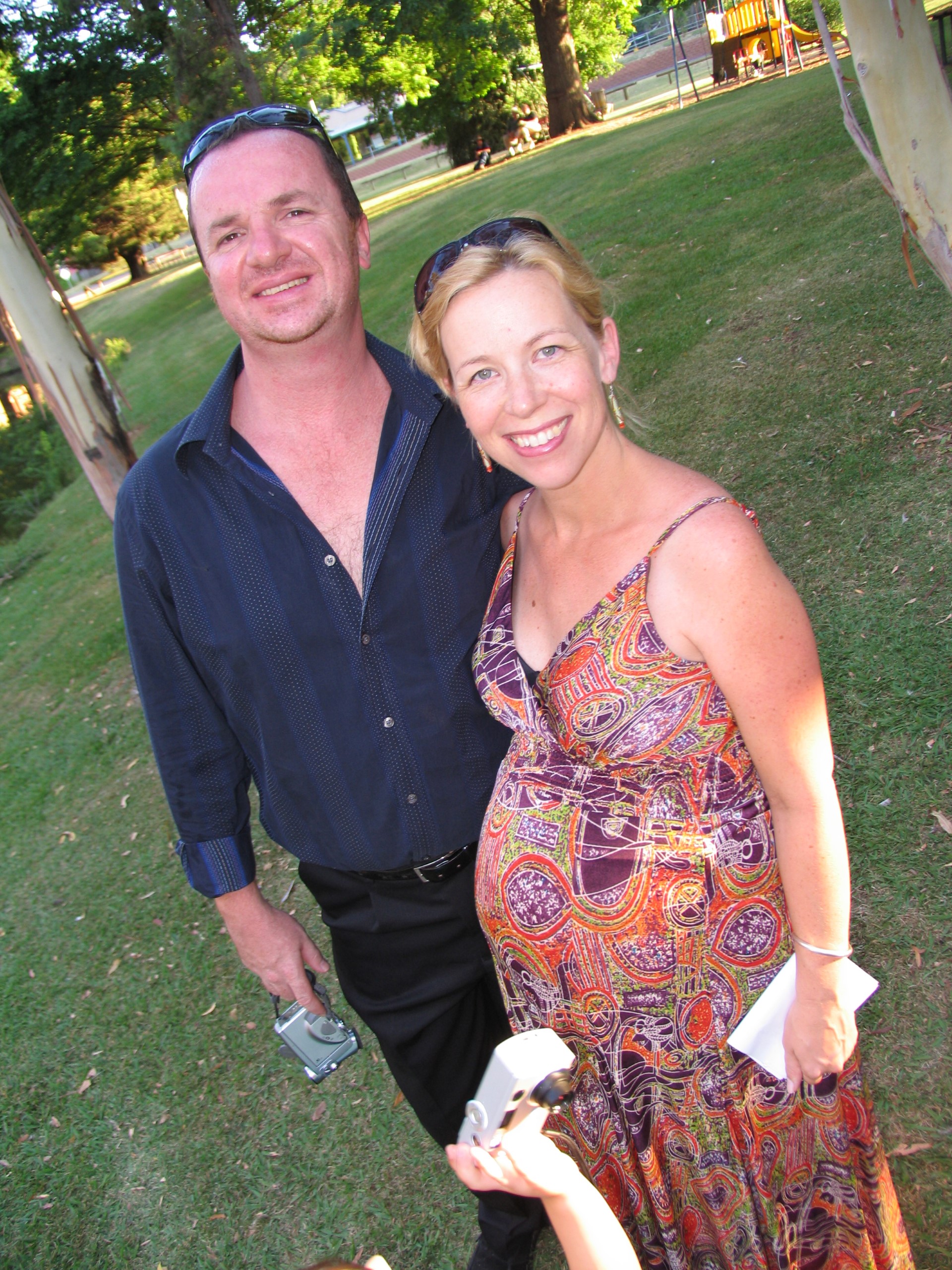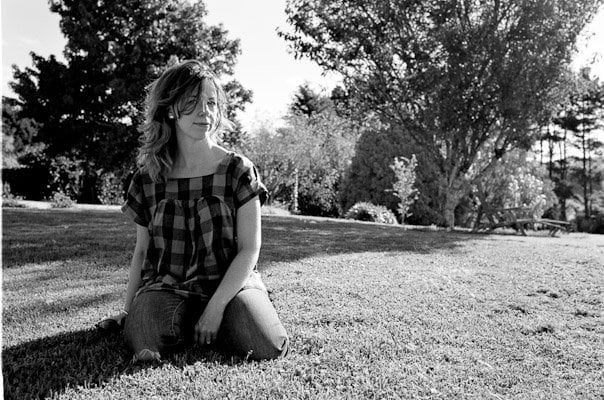
Jessie was 30 years old when she fell pregnant for the first time. It wasn't a planned pregnancy, but it was one happily welcomed by her and her partner, Andy. After all, they loved each other deeply and they were entering that period in life where friends were having children and they were starting to consider settling down together.
Jessie describes her pregnancy as a time of immense optimism, of her and Andy filled with "dreams and desire for the future."
The couple landed on his name: Monty Marchet. A name they agreed had a great ring to it and would surely mean that he would grow up to be a brilliant playwright or writer one day.
By the time Jessie went into labour, there was no real indication that anything was wrong. Monty was a week overdue and the hospital had read what Jessie describes as the "riot act", telling her that if her pregnancy carried on another week, she would have to be induced. But as it stood then, there was no real cause for concern.
It was 7pm when her water finally broke. Jessie was watching Law & Order with Andy and doing some yoga in front of the TV. Once they realised that Monty was surely on the way, Jessie headed straight to bed in order to prepare for the marathon of labour.
It wasn't until one o'clock in the morning that the contractions started coming harder and faster and the couple headed to Royal Hospital for Women in Randwick, driving through the pouring rain.
Even then, the progress of her labour felt natural and fine.



Top Comments